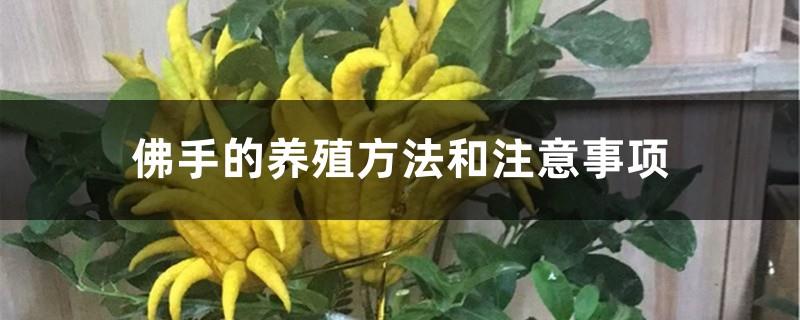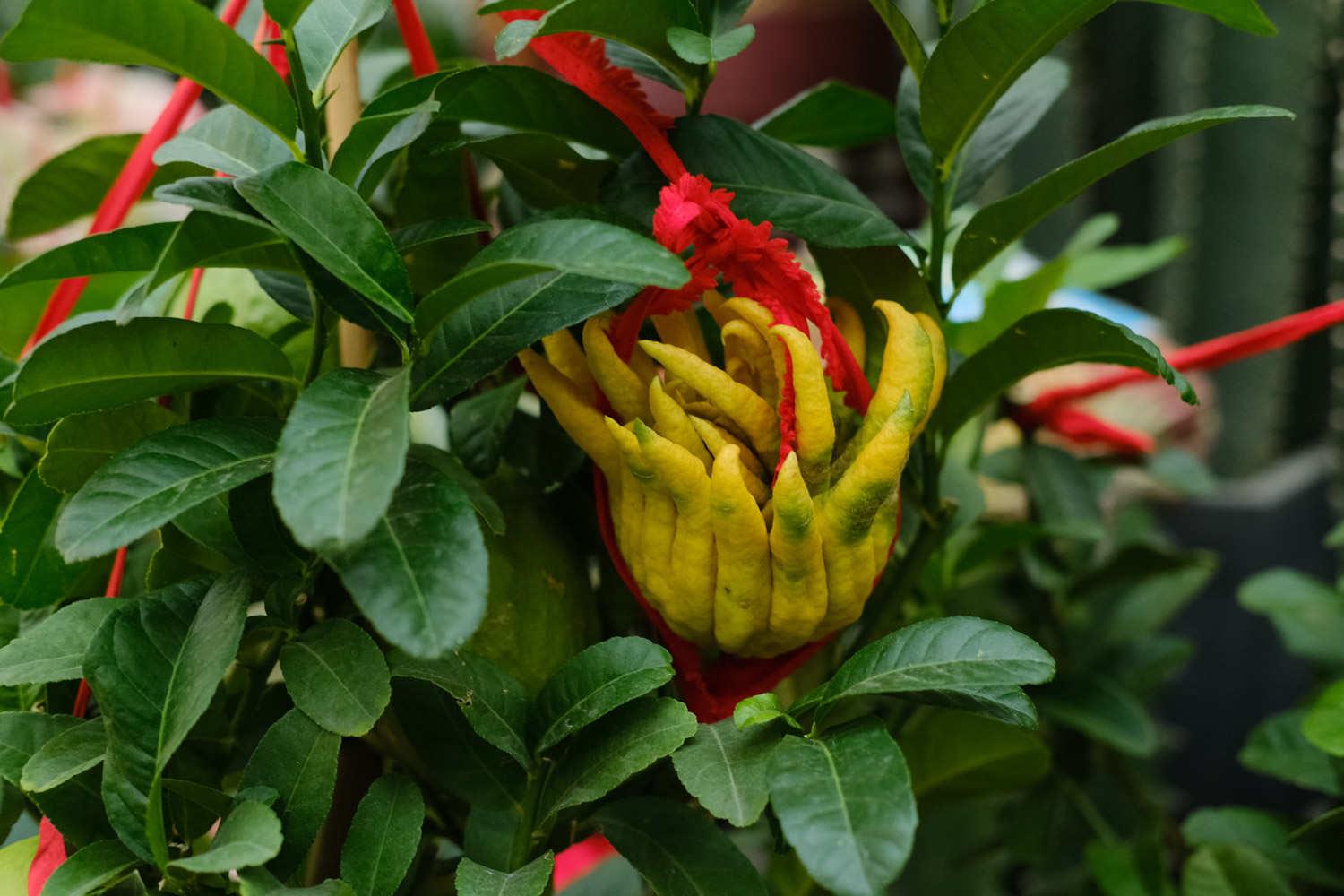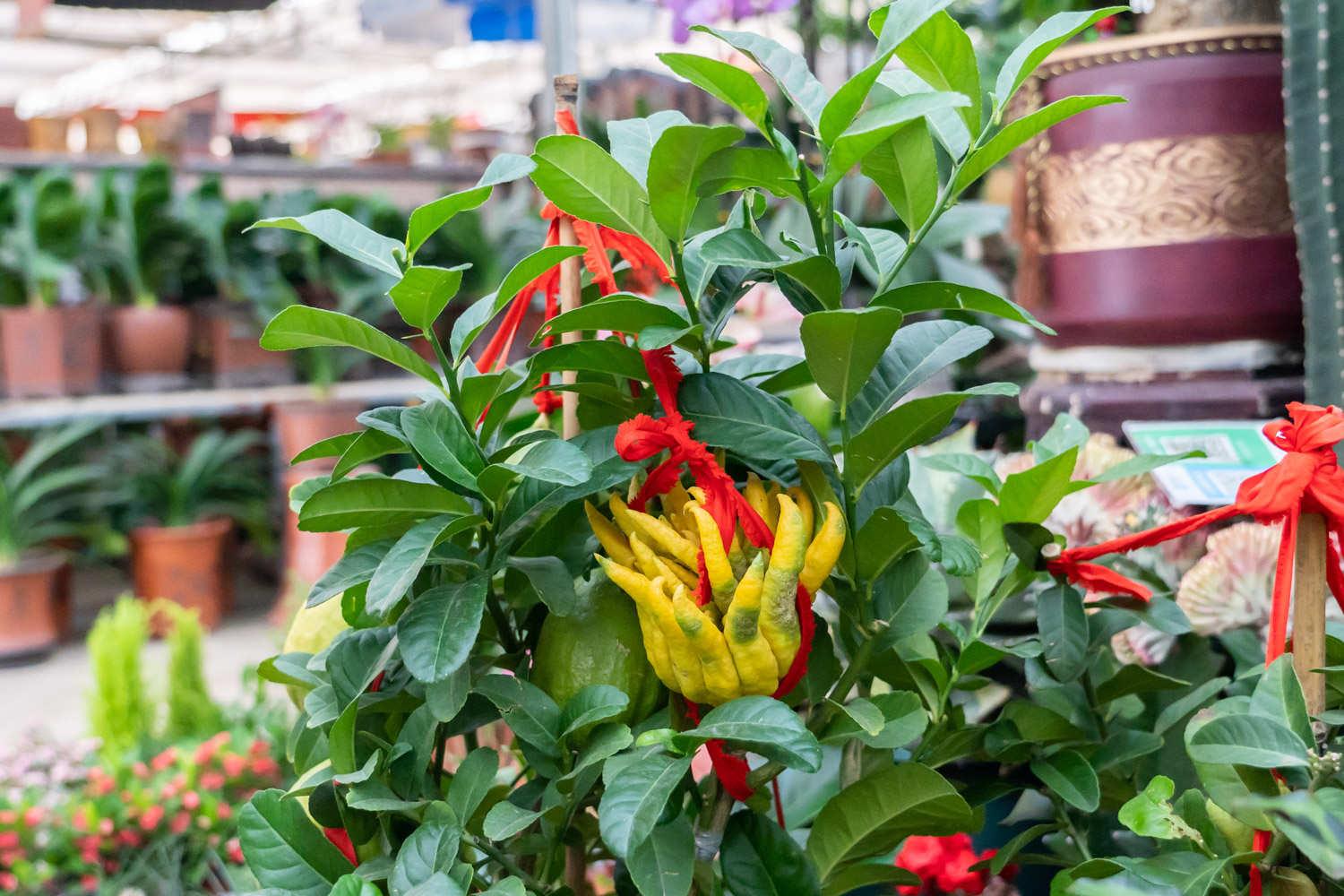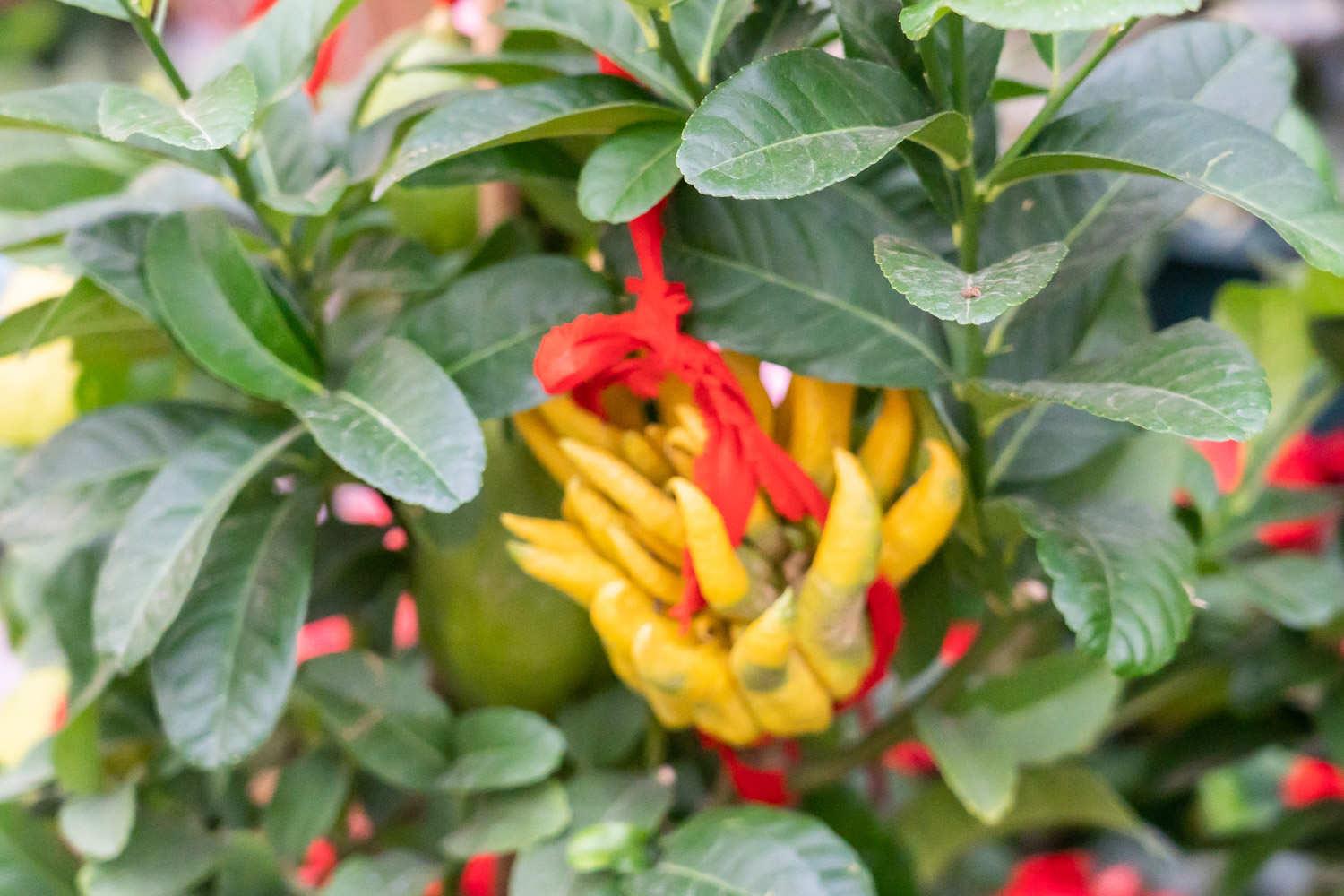Buddha's hand cultivation methods and precautions
Last Update :2024.11.03
Article Catalog
Temperature and light: The optimal growth temperature is about 22-24℃, and it can survive the winter safely above 5℃; Moisture: The humidity is generally 70-90%, and its root system is shallow and requires frequent watering. The temperature in late winter and early spring is relatively high. Low, watering should not be too frequent, generally watering once every 3-5 days; Fertilizer: Apply nitrogen fertilizer lightly once a week in combination with watering; Soil: Loose and fertile acidic loam.

Breeding method
Cultivation methods
Temperature and light
The optimal growth temperature of Buddha's hand is about 22-24℃, as long as the temperature is above 5℃ It can survive the winter safely. It is best to ensure that the annual sunshine hours of Buddha's Hand are between 1200 and 1800 hours.
Watering conditions;
The humidity of bergamot is generally 70% to 90%. The roots of bergamot are shallow and require frequent watering. The high temperature period in summer is the vigorous growth period of bergamot, which requires a large amount of water. It needs to be watered in the morning and evening. At the same time, spray water to increase the humidity of the surrounding air. After autumn, the amount of watering gradually decreases. The temperature is low in late winter and early spring. Due to slow indoor evaporation, watering should not be too frequent. Generally, watering can be done every three to five days to keep the pot soil moist. In the initial stage of flowering and fruiting of Buddha's hand, watering should not be too much to prevent a large number of flowers and fruits from falling

Fertilizer status
Spring is the time when bergamot grows new shoots, so fertilization should be light at this time. It is best to combine watering with a thin application of nitrogen fertilizer once a week. In summer, bergamot flowers proliferate and fruit stilbene is required, which requires a large amount of fertilizer and the fertilizer should be thickened. In early autumn, phosphorus, potassium and calcium compound fertilizers should be applied to help increase the fruit setting rate. After picking the fruits, phosphorus and potassium fertilizers should be applied in time to supplement the nutrients of the plants to restore their growth and lay a solid foundation for flowering and fruiting in the second year.

Soil
Choose loose, fertile, Grows in well-drained acidic loam soil.
Notes
Disease and Pest Control
The main pests and diseases of Bergamot include leaf miner, red spider mite, rust tick, scale insect, anthracnose, etc. "Prevention first, comprehensive management" should be adopted. Once pests and diseases occur, corresponding measures should be taken promptly, daily maintenance measures should be adjusted, and chemical control should be carried out.
Pruning work
Buddha's hand grows rapidly and has many branches. It must be pruned and reshaped every year to keep the tree growing vigorously and the branches evenly distributed. During the peak period of flowers and fruits, pruning usually begins in March and after fruit harvest in autumn and winter. Prune and reshape the fruit after harvesting and before sprouting in March, and cut off cross branches, dead branches, diseased branches and leggy branches. Short branches should be retained as much as possible, because many short branches are fruit-bearing mother branches. Except for individual needs to expand the crown, all other summer shoots should be cut off.

Repot work
General 2 Repotting should be done once every three years, either in February-March or September-October, and new nutrient soil should be added at the same time. While changing the pot, you can also prune the bergamot appropriately. After changing the basin, place it in a semi-shady place for maintenance for a period of time, and then resume normal maintenance.
Precautions
- END -
Just keep these when growing flowers, they bloom like "lanterns" and are easier to take ca

Everyone likes beautiful things, and the same goes for growing flowers. Generally,...
The difference between June snow and gypsophila

Plant classification: The June Snow plant is taller, has slender branches, and has...